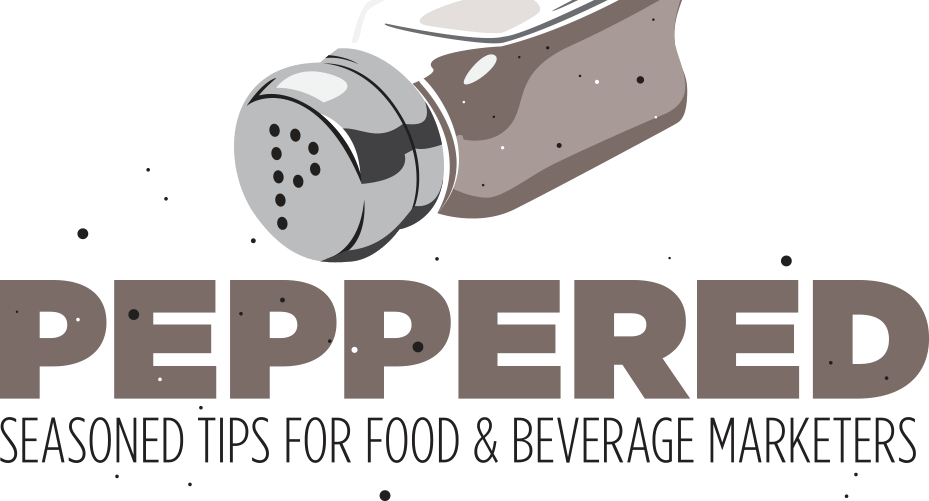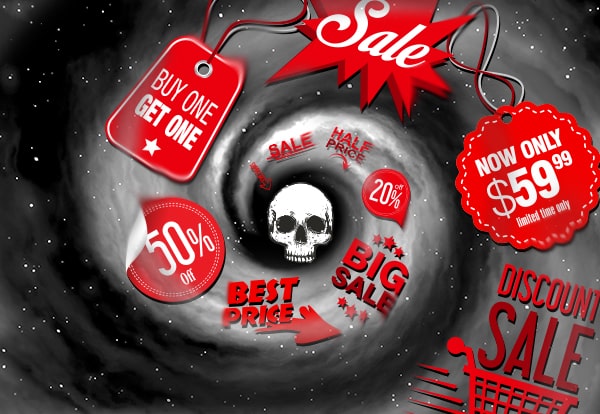Price promotions. I like to refer to them as the race to the bottom. Who can win the competition of having the lowest price and commoditizing their brand?
Look, we all know the constant pressure to be “on deal.” And there’s no question that trade promotions can drive velocity and sales. But are they really profitable and beneficial for your brand?
Would it surprise you to know that over 70% of grocery trade promotions don’t breakeven? Well, according to an industry study of more than 1 million UPCs and 39 million promotional events, totaling $555 billion in US retail sales, across 150 banners—it’s true—70+% didn’t even breakeven.
Another aspect to consider is that promotions aren’t just costing you margin; think about the sheer amount of time that sales and brand teams invest in managing trade promotions. Most likely 25% of their time, or more.
Ask yourself: Am I OK with selling more product and making less margin—breaking even or perhaps losing money? Or, would I prefer to temporarily sell less volume, make more margin, and grow my brand, long-term, the right way? If you’re a good business person and brand manager, the answer is obvious.
We all know it’s not that simple. There are sales goals to hit. Pay-to-play directives from retailers. Pressure from sales and marketing leadership to deliver. So, how do you achieve a healthy balance between trade and brand marketing—that actually grows your brand?
A step in the right direction is to consider the word “partner.” Do sales and marketing have the ability to partner together to develop viable solutions for growth? Are your retail partners truly “partners” in respect to developing integrated programs that deliver results? Have you objectively looked at outside partners to help craft a smart brand plan?
Start with having a healthy debate—or agree to disagree—as to the net effect that trade promotions are having on the short and long-term growth of your brand.
We know that short-term price cuts and deals drive volume—but what is the real value? Let’s start by looking at the types of customers that price promotions attract.
First are “on-deal” shoppers, who buy your brand only when it’s on sale. They don’t place much value in paying a higher cost for your brand or the quality – when the price cuts go away, they move on to the next brand that is on-deal.
How about consumers who are loyal to your brand—heavy buyers? Well, they are most likely already buying your brand in their normal shopping routine, as a habit, at full price. So, sales volume must now increase enough to cover the lost margin of the sales you WOULD have had at full price. What’s more, you’re dealing with the fact that they probably won’t consume your product more frequently—they’re simply stocking up. Viewed over time, you haven’t increased overall sales frequency with this group either, because your sales spike will be followed by a slump.
What about infrequent purchasers of your brand or category—light buyers? Will price reduction bring about any level of increased purchase or loyalty? In a word, NO! They’ve bought your brand before as well as competitor’s brands. They are committed category buyers, just not loyal to yours or any other brand. It’s their normal purchasing pattern, so your price promotion won’t increase buy rate or loyalty.
And finally, how about non-users? Does a trade promotion strategy bring non-users into your category? Few to none would be the answer. The primary reason being is that you’re not REACHING new consumers. Price promotions target current users of the category and consumers who are in-store. So, you’re missing the vast majority of potential buyers.
Although in-store price promotions deliver an immediate short-term increase in sales, they don’t build value for your brand over the long run. Yes, it’s a quick, easy fix to turn-up the trade promotions to hit those quarterly sales goals, but maybe a better idea is to take a step back. When planning next quarter’s marketing initiatives, try to take some practical steps to get your brand back on track.
Cutting way back on your price promotions isn’t going to happen overnight. Try simply eliminating 20% of your sales promotions and reinvesting those dollars in building your brand. Depending on your overall budget, this could be a significant infusion into your brand health.
Think long-term brand growth—not short-term.






